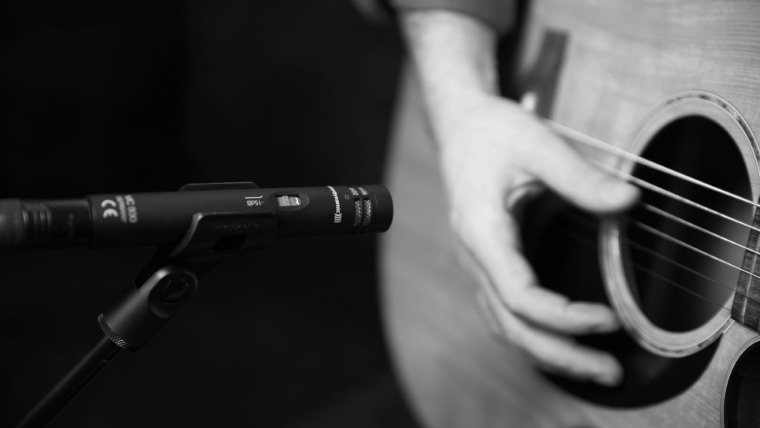MICROPHONES: HOW EACH DIFFERENT TYPE WORKS Microphones can fundamentally differ in terms of their technical functionality. The basic difference between condenser microphones, dynamic microphones and ribbon microphones is the type of transducer involved, which basically means how the acoustic sound waves are converted into electrical signals. These three types of microphone can differ again due to different directional patterns. As…
THE DIRECTIONAL PATTERN OF MICROPHONES Microphones are characterised by very different properties. Aside from how a microphone works, the directivity is probably the most important characteristic. The directional pattern of a microphone is essential information and has a major influence on the subsequent recording result. There are several different directional patterns, such as omnidirectional, figure-of-eight, cardioid or lobar, which you…
BRIEF GUIDE TO RECORDING ACOUSTIC GUITARS This blog article shows you how to make a recording of your acoustic guitar. We’ll start with a few basics and then move on to the most suitable microphones and how they can be positioned to give the best results. There are basically two different ways of recording a guitar, by using a pickup…
MAKING A RIBBON MICROPHONE PRODUCTION: MADE IN GERMANY We are proud to say that we are one of the few manufacturers worldwide – and the only one located in Germany – to still manufacture ribbon microphones by hand. Ribbon microphones like our multiple award-winning M 160 really stand out from the crowd as far as their production is concerned, involving…
PHANTOM POWER EXPLAINED IN SIMPLE LANGUAGE What is phantom power? Why is it needed? Can it be a danger to your equipment? And why is it even called phantom power? We explain in simple terms what you need to know. TABLE OF CONTENTS What is phantom power? Phantom power is voltage between 12 and 48 volts. It’s DC voltage sent…






